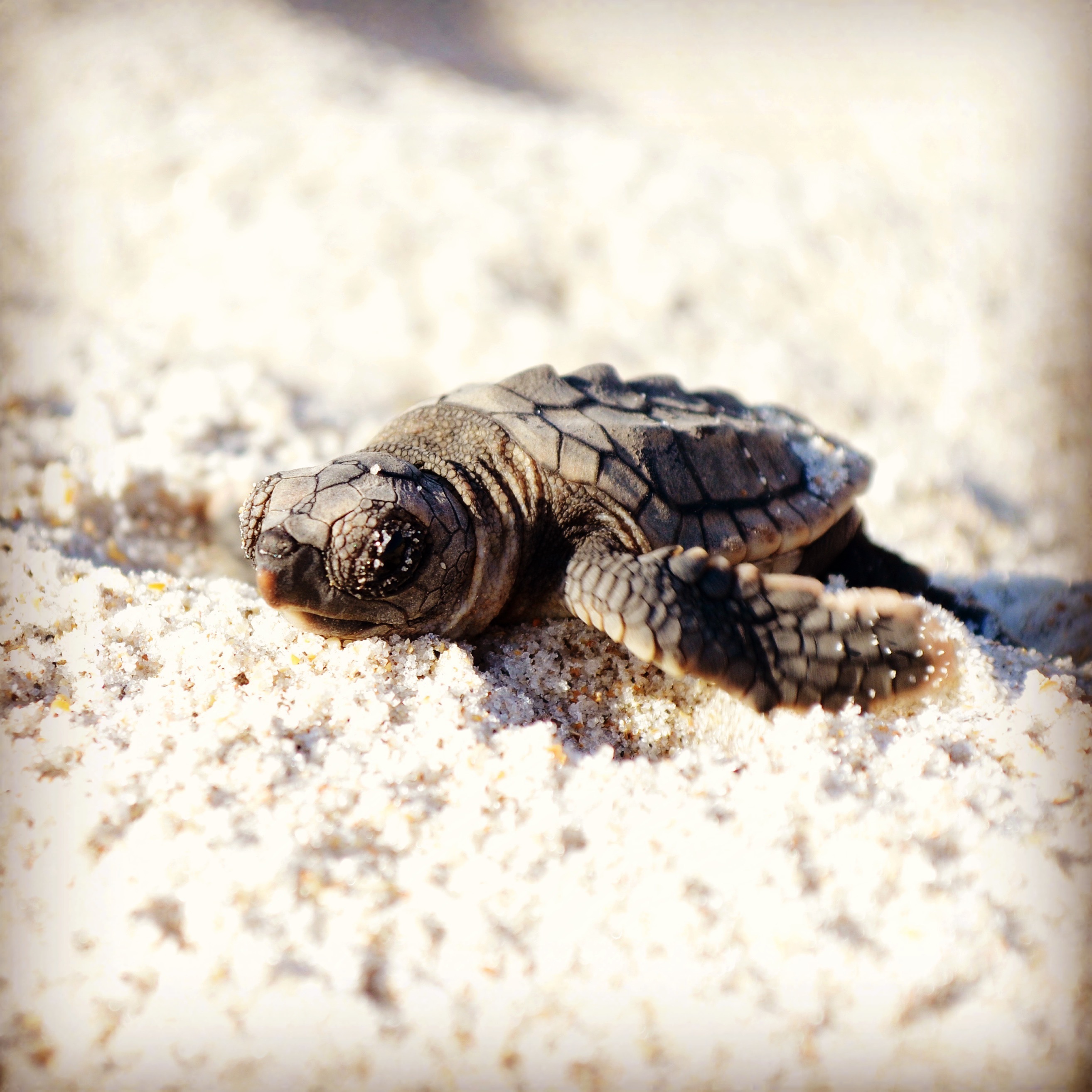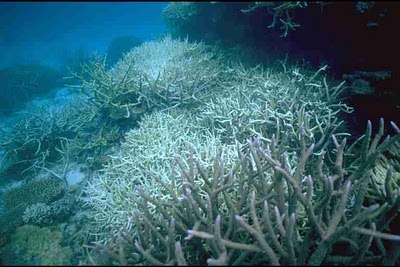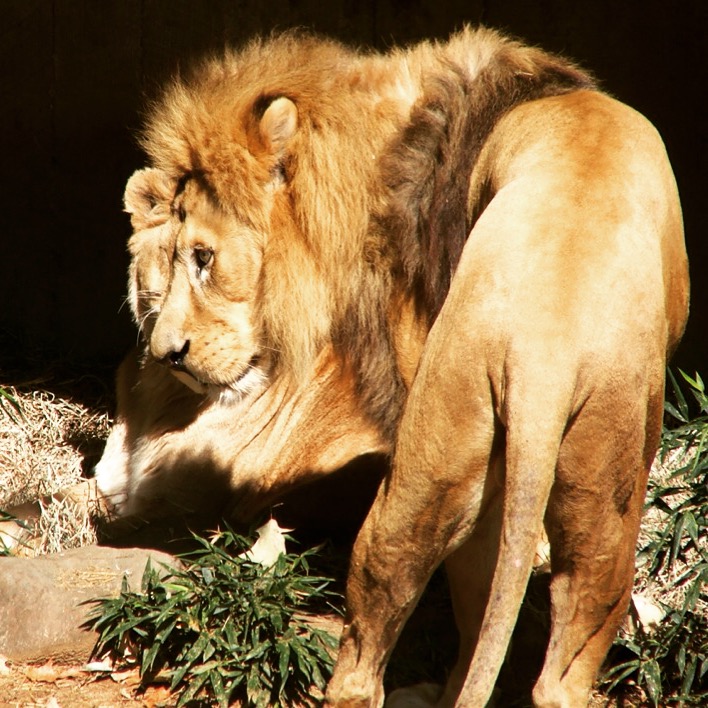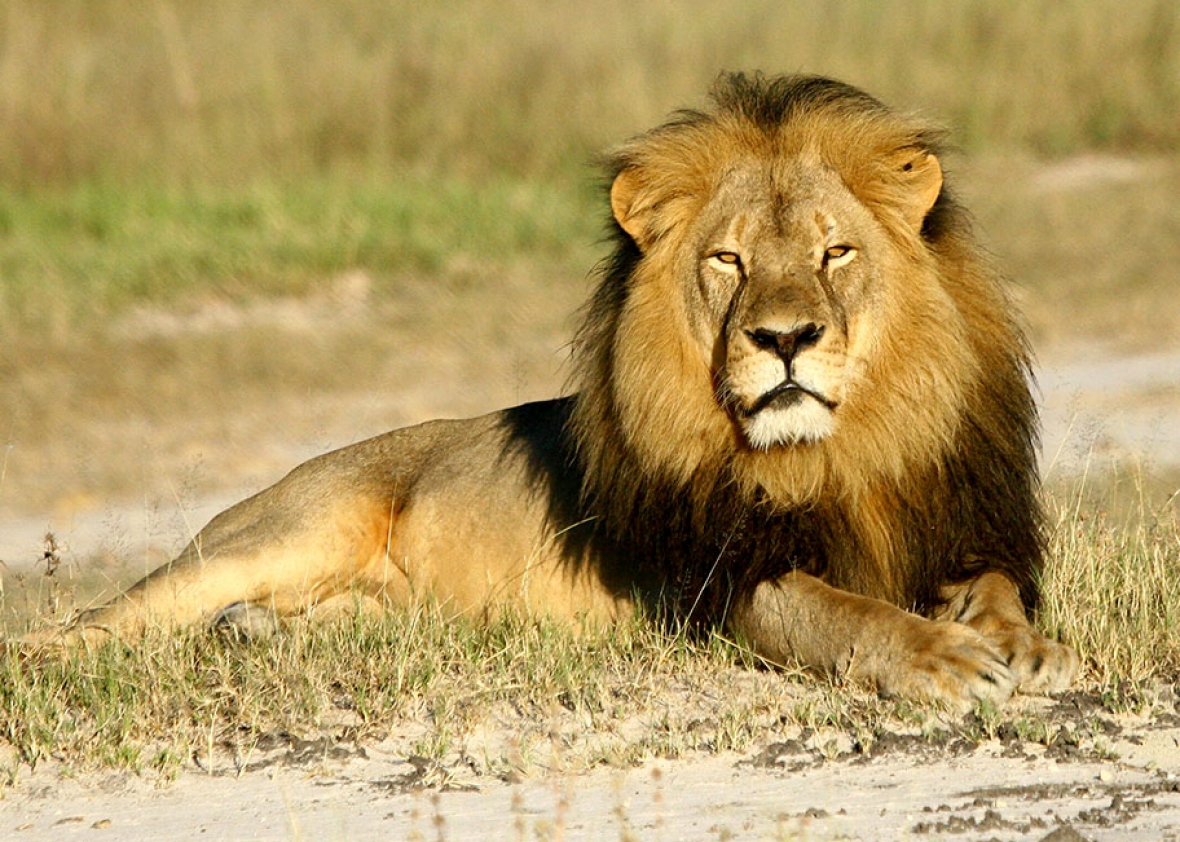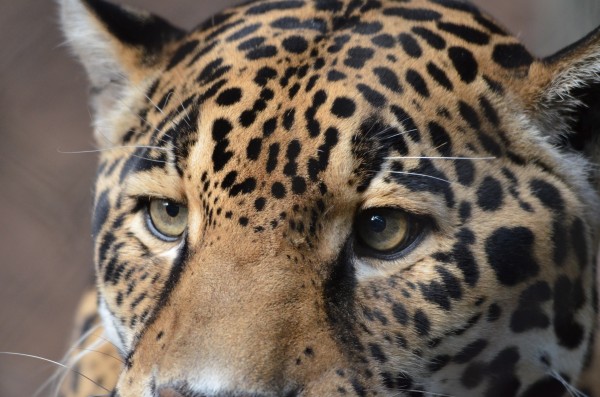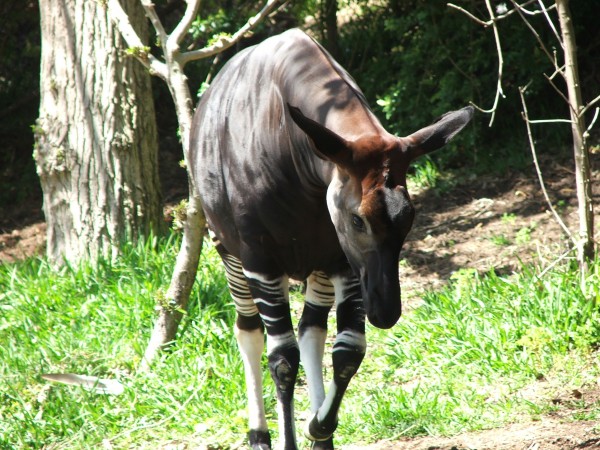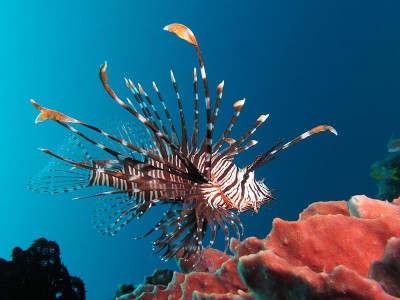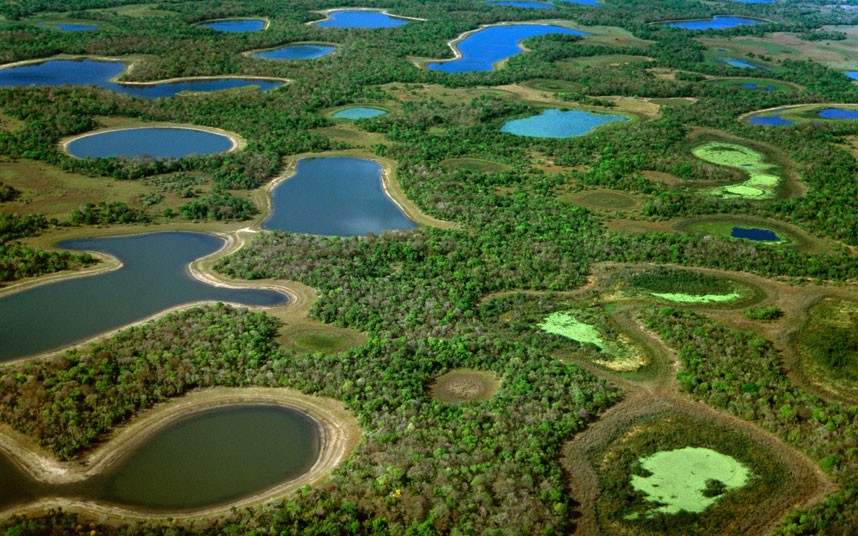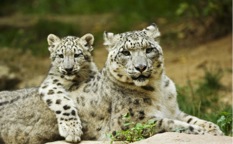Florida’s Atlantic Coast is currently a hotbed of activity for Sea turtle propagation. From early May to September, several species of Sea turtle seek out the coastline as a prime nesting location. During each season thousands of Loggerhead, Green Sea, and Leatherback turtles make their way to land by the light of the moon to lay their eggs in the warm sand. With any luck, in 50-60 days, the next generation will be on their journey into the deep blue. Ancient sea turtles first appeared in the coastal waters of Pangea over 240 million years ago during the …
Sea Turtle Nesting: A Race Against Time
